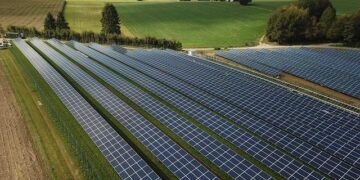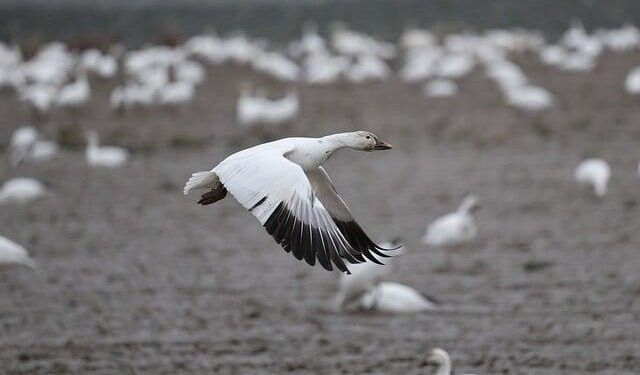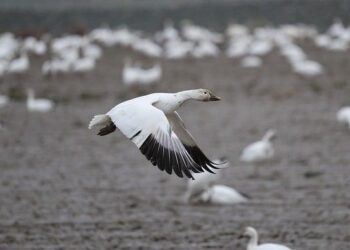The Washington Forest Board has made a significant decision to remove 200,000 acres of forest land from timber production, signaling a major shift in the state’s forestry management. Announced this week, the move aims to balance environmental conservation with sustainable resource use, sparking varied responses from industry stakeholders and environmental advocates alike. This article examines the implications of the board’s action for Washington’s timber economy, wildlife habitat preservation, and future forest policy.
Washington Forest Board Removes 200,000 Acres from Timber Production
In a decisive move aimed at balancing ecological preservation with industry demands, the Washington Forest Board has officially withdrawn 200,000 acres of state forestland from timber production. This decision prioritizes habitat restoration, biodiversity, and the protection of sensitive ecosystems that have faced increasing pressure from logging activities over recent decades. The land removal will also offer a significant boost to endangered species, including critical habitats for spotted owls and salmon-bearing streams.
The action is part of a broader effort to align forestry practices with sustainable environmental stewardship. Surface water protection, carbon sequestration, and recreational expansion are key benefits the board highlighted. Below is a summary of the major outcomes anticipated from this change:
- Enhanced wildlife corridors to support native flora and fauna
- Improved water quality through reduced erosion and sedimentation
- Increased public access for hiking, birdwatching, and outdoor education
| Category | Before | After |
|---|---|---|
| Timberland Acreage | 4.5 million acres | 4.3 million acres |
| Protected Critical Habitat | 1.1 million acres | 1.3 million acres |
| Projected Annual Wood Harvest | 500 million board feet | 480 million board feet |
Environmental and Economic Impacts of the Land Withdrawal
The recent decision to remove 200,000 acres of Washington state forest land from timber production marks a significant shift with far-reaching environmental repercussions. This large-scale withdrawal is expected to bolster biodiversity by preserving vital habitats for endangered species and enhancing carbon sequestration through mature forest conservation. Additionally, it aims to restore soil health and improve watershed function, which are critical for maintaining clean water supplies in surrounding communities. Early ecological assessments suggest that these protected areas will serve as natural buffers against the increasing risks of wildfires and climate change-related disturbances.
However, the economic fallout from this action is a subject of debate among stakeholders. Timber-dependent industries fear a decline in supply will lead to job losses and increased market prices for wood products. Smaller logging operations and mills in rural areas may be disproportionately affected, risking local economic stability. Conversely, proponents argue that long-term economic benefits could arise from the boosted recreational and tourism potential of restored forests. Below is a simplified comparison of projected impacts:
| Impact Category | Short-term Effect | Long-term Effect |
|---|---|---|
| Timber Supply | ↓ Reduction by 15% | Stabilization through sustainable management |
| Employment | ↓ Potential job losses in logging | ↑ Increased eco-tourism jobs |
| Carbon Emissions | – Neutral | ↓ Significant decrease |
- Environmental benefits: Habitat preservation, wildfire mitigation, improved water quality
- Economic challenges: Market adjustments, workforce transition, community adaptation
Recommendations for Sustainable Forest Management and Community Engagement
To promote a truly sustainable approach, the Washington Forest Board must prioritize collaborative partnerships with local communities, indigenous groups, and environmental organizations. Engaging stakeholders in decision-making fosters transparency and shared responsibility, ensuring that forest conservation goals align with economic and cultural priorities. Strategies should include comprehensive outreach programs, community-led monitoring, and support for alternative livelihoods that reduce pressure on forest resources.
Key strategies for effective forest stewardship include:
- Integrating traditional ecological knowledge with scientific research to enhance forest health.
- Developing robust habitat corridors to protect biodiversity.
- Implementing adaptive management practices that respond to climate variability.
- Encouraging sustainable timber harvesting aligned with post-harvest regeneration.
| Strategy | Expected Outcome | Community Role |
|---|---|---|
| Traditional Knowledge Integration | Improved ecosystem resilience | Advisory and monitoring |
| Habitat Corridor Development | Increased species connectivity | Land stewardship and protection |
| Adaptive Management | Responsive forest health management | Data collection and feedback |
| Sustainable Harvesting | Balanced resource use | Implementation and compliance |
Wrapping Up
The Washington forest board’s decision to remove 200,000 acres from timber production marks a significant shift in the state’s forestry management strategy. As stakeholders weigh the environmental, economic, and community impacts, the move underscores ongoing efforts to balance conservation with industry demands. The full repercussions of this policy change will unfold in the months and years ahead, shaping the future of Washington’s forest landscapes and the sectors that depend on them.





























